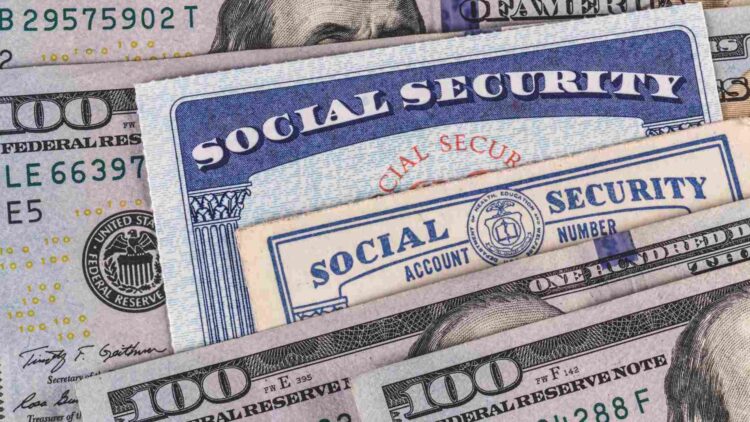New York Governor Kathy Hochul has unveiled a bold proposal to provide $3 billion in direct payments to approximately 8.6 million New Yorkers, aiming to alleviate the financial burden of inflation on working families. The initiative, which represents a significant component of her 2025 State of the State address, is scheduled for announcement on January 14. If the state legislature approves the plan, residents can expect payments to arrive in the fall of 2025.
Relief Payments Tailored for Families and Individuals
Governor Hochul’s plan leverages excess sales-tax revenue to fund these payments, offering $500 to families earning up to $300,000 annually and $300 to individuals with incomes of $150,000 or less. The goal is to provide direct financial relief to New York’s middle class, a demographic hit hard by rising costs of living. Hochul emphasized her focus on financial assistance during Monday’s announcement, stating, “My agenda for the coming year will be laser-focused on putting money back in your pockets.”
This proposal is a response to the increasing pressure on households across the state. With inflation showing no signs of immediate relief, many families have struggled to balance their budgets. The state’s windfall from sales-tax revenue, fueled by rising consumer prices, presents an opportunity for redistribution to ease these challenges.
Political Ramifications and Challenges
As Governor Hochul prepares for what could be a pivotal year in her tenure, she faces an uphill battle politically. Her popularity among voters has been declining, and she could face a competitive primary in the 2026 gubernatorial election. One notable potential challenger is US Representative Ritchie Torres, a Democrat representing the south Bronx. Torres has already voiced his skepticism about Hochul’s proposal, accusing her of balancing generosity with fiscal takebacks. On social media platform X, Torres stated, “The governor gives with one hand while taking with the other,” hinting at underlying concerns regarding the state’s fiscal priorities.
The political landscape presents a complex backdrop for Hochul’s proposal. While the one-time payments could bolster her approval ratings, critics argue that they might not address the systemic issues contributing to economic disparities in the state. The initiative could also face scrutiny from lawmakers concerned about the long-term implications of using excess revenue for short-term relief measures.

Economic Context and Broader Implications
New York’s fiscal position has been bolstered by increased sales-tax collections, a side effect of inflation driving up the cost of goods and services. By redirecting this excess revenue, Hochul aims to provide immediate financial relief without impacting other critical state programs. However, the move raises questions about sustainability and the state’s ability to address ongoing economic challenges beyond 2025.
For many families, the proposed payments represent a welcome respite during difficult times. “This is a step in the right direction,” said Rachel Evans, a mother of two from Albany. “With everything going up—groceries, gas, even rent—every little bit helps.” Yet, others remain cautious, highlighting the need for broader reforms to tackle underlying economic issues such as housing affordability and wage stagnation.
A Balancing Act
Governor Hochul’s initiative reflects a calculated effort to balance immediate financial relief with political strategy. By addressing inflation’s impact on middle-class families, she aims to reinforce her commitment to the well-being of New Yorkers. However, as the proposal makes its way through the legislature, its reception could significantly influence the governor’s standing both within her party and among voters.
As the fall of 2025 approaches, all eyes will be on Albany to see how this bold proposal unfolds. For millions of New Yorkers, the prospect of extra funds in their bank accounts offers hope during uncertain times, while the broader political and economic implications of the initiative remain to be seen.




